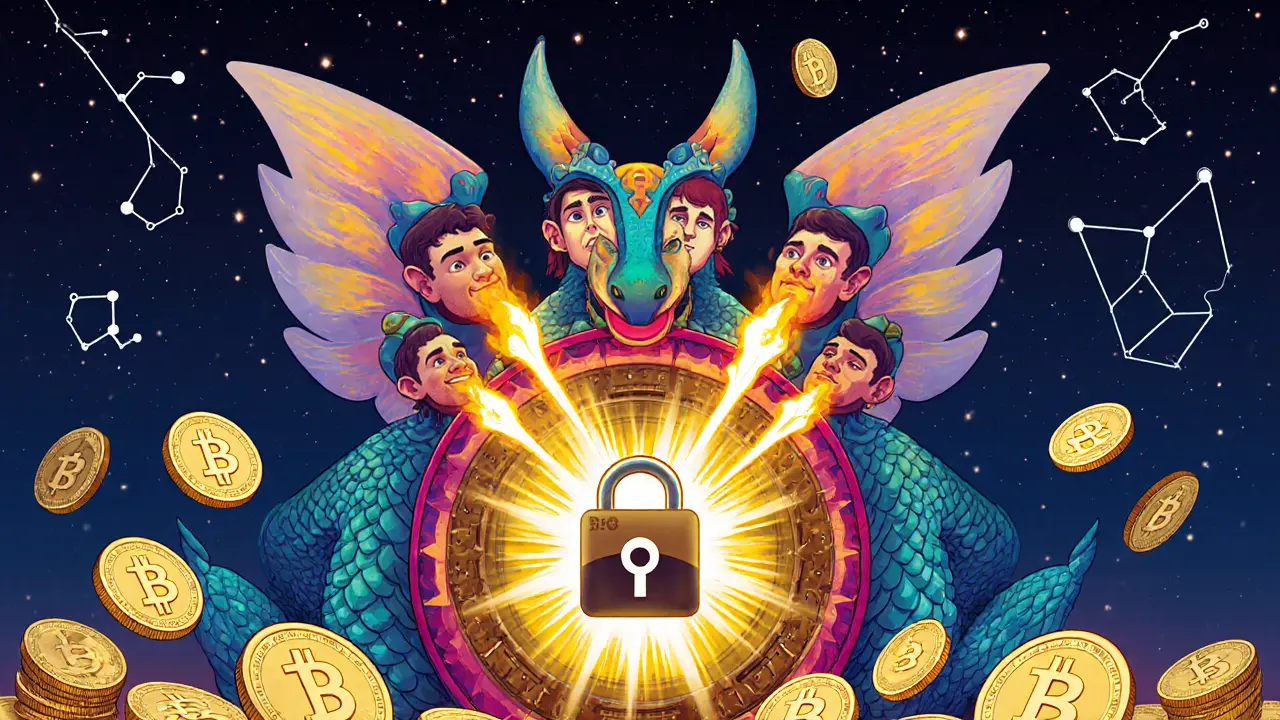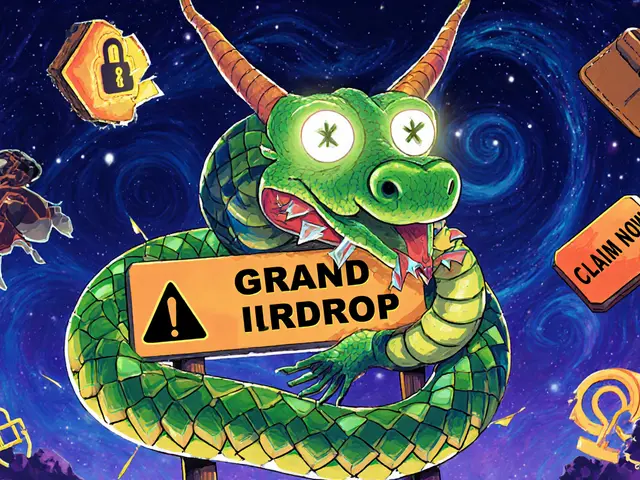Gnosis Safe: The Most Trusted Multi-Signature Wallet for Crypto Security
Gnosis Safe, a non-custodial, multi-signature wallet built for Ethereum and EVM-compatible chains. Also known as Safe{Wallet}, it lets you control your crypto with multiple keys instead of one private key—so even if one device is hacked, your funds stay safe. Unlike regular wallets where losing your seed phrase means losing everything, Gnosis Safe requires approval from at least two or more people (or devices) before any transaction goes through. That’s why hedge funds, DAOs, and everyday users who hold serious amounts of crypto rely on it.
It’s not just about adding more locks—it’s about how those locks work together. Gnosis Safe runs on smart contracts, which means it’s programmable. You can set rules like: "Only allow transfers under 10 ETH," or "Require 3 of 5 team members to sign," or even "Block all transactions on weekends." This flexibility makes it perfect for teams, family accounts, or anyone who wants to reduce human error or insider risk. It also works with hardware wallets like Ledger and Trezor, so you can keep your keys offline while still managing access through a user-friendly interface.
Related tools like hardware wallets, physical devices that store crypto keys offline and Proof of Attendance Protocol (POAP), digital badges tied to blockchain events often connect to Gnosis Safe because they need secure, shared control. You don’t just store crypto in it—you use it to manage voting rights in DAOs, distribute tokens from a treasury, or even sign off on NFT purchases as a group. It’s the backbone of trustless collaboration in Web3.
What you’ll find below isn’t just a list of articles—it’s a real-world look at how people use Gnosis Safe every day. From setting it up for the first time, to fixing failed transactions, to connecting it with DeFi protocols and avoiding scams that target multi-sig users. Some posts show how it’s used alongside other tools like KyberSwap or Ledger. Others warn about what happens when you misconfigure permissions. There’s no fluff. Just what works, what doesn’t, and what you need to know before you trust your crypto to a smart contract.










